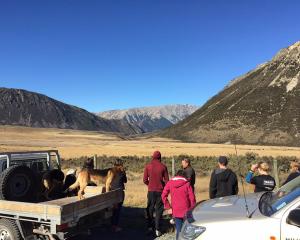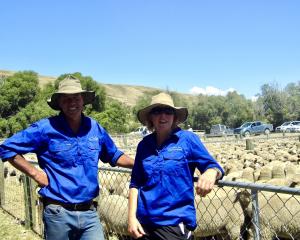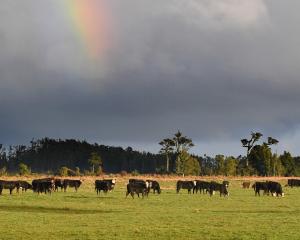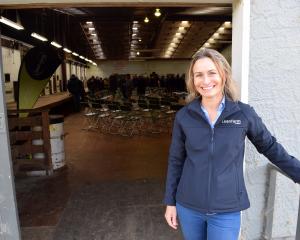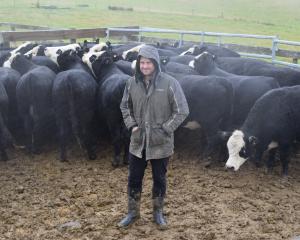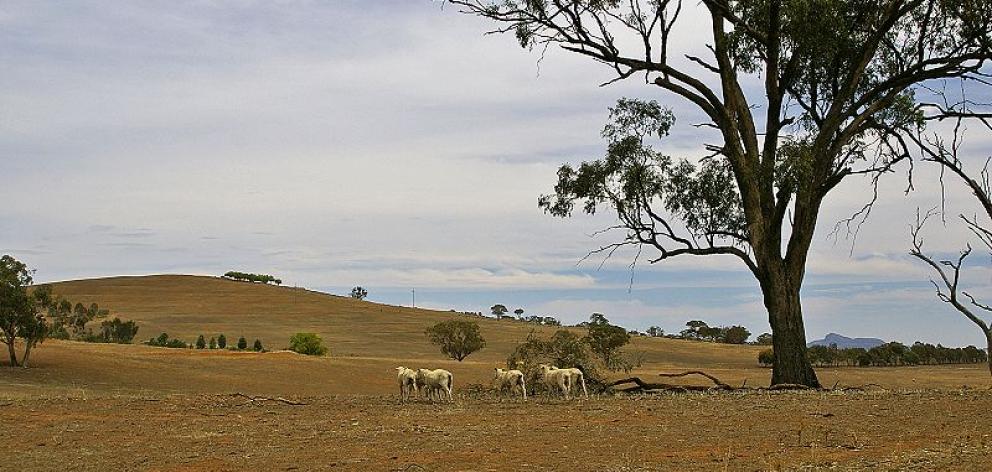
Sheep farmers have weathered the effects of this summer's extremes and are enjoying bumper prices for the important Easter lamb export trade, says the country's biggest sheepmeat exporter, Alliance Group.
Alliance has just completed its important Easter chilled lamb programme for Europe, and prices are at their highest point since 2011.
Heather Stacy, Alliance's general manager of livestock said unusually dry weather in Southland had put farmers to the test.
"We have just completed the Easter chill market and we are really pleased," Stacy said.
"Our volumes were 10% up on last season and that has satisfied customer demand."
Southland - which is responsible for about 15 to 20% of the lamb kill - was declared a drought-affected area in January, along with large parts of Otago.
Stacy said the conditions meant a large number of store lambs had to be transported out of the province to points north so that they could be finished before being sent to slaughter.
Easter will come early this year, which made the season more challenging on top of the conditions, she said.
"Alliance did not start collecting stock for the chilled lamb programme until the first week of January, but we had already processed a lot of lambs ahead of that," she said.
"There was concern about the seasonal conditions, but it's turned out we did secure our volumes," she said.
"We were able to get our tonnage onto the ships and that's now making its way to the UK."
However, the dry weather had meant lambs were arriving at the works about 1kg lighter, but still within the specifications needed for the chilled market.
Stacy said the co-operative's extensive network of farmers had allowed store lambs to be finished in other parts of the country, adding that it had been an extensive logistical exercise.
"It was a remarkable effort on everybody's part," she said.
The minimum price of $6.60/kg had been set for April through to May, which she said farmers would be happy with.
"In this environment, with tough seasonal conditions it really gives farmers confidence that they have something to work with," said Stacy, speaking from the Southern Field Days event at Waimumu.
It looked like Southland had seen the worst of the dry weather, thanks to recent rain, although farmers could do with more, she said.
Rain has brought relief to some drought-affected regions but farmers need to carefully review their feed budgets and plans for winter, said Agriculture Minister Damien O'Connor.
O'Connor said while recent rain had helped to green up parts of the country, Niwa's NZ Drought Index showed soil moisture levels were still lower than normal in Southland, and in the North Island's coastal areas from Taranaki and the Manawatu southwards.
Alliance last year reported that its annual earnings had doubled thanks to a rebound in global meat prices, with operating earnings rising to $20.2 million in the year ended September 30 from $10.1m a year earlier.
ASB rural economist Nathan Penny told The Country radio show that the mood at Waimumu was "relaxed" thanks to stronger lamb prices and a $6.40/kg milk price forecast from Fonterra.
GlobalDairyTrade (GDT) auction prices have been on a steeply firming trend since the start of the year, but OM Financial said futures market pricing suggested the market at this Wednesday's auction would be flat.


